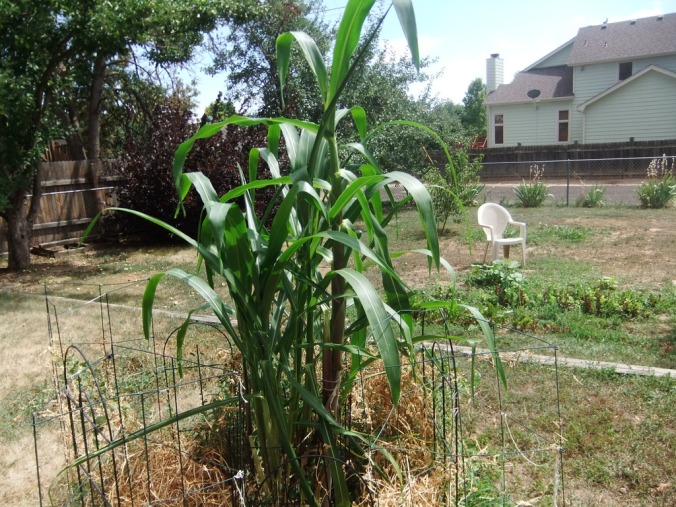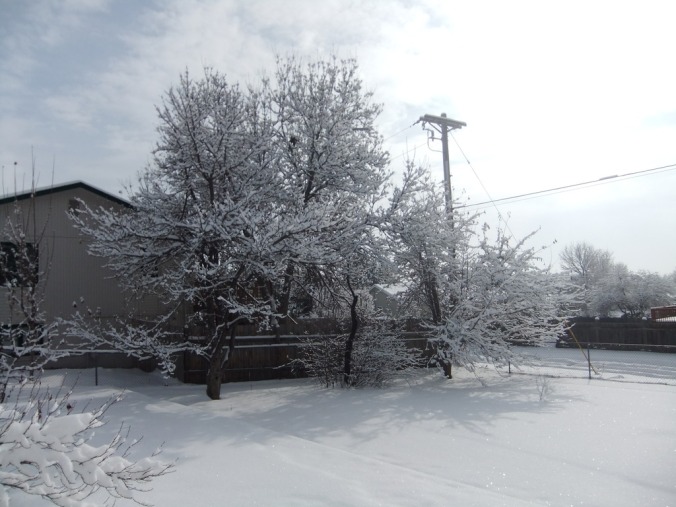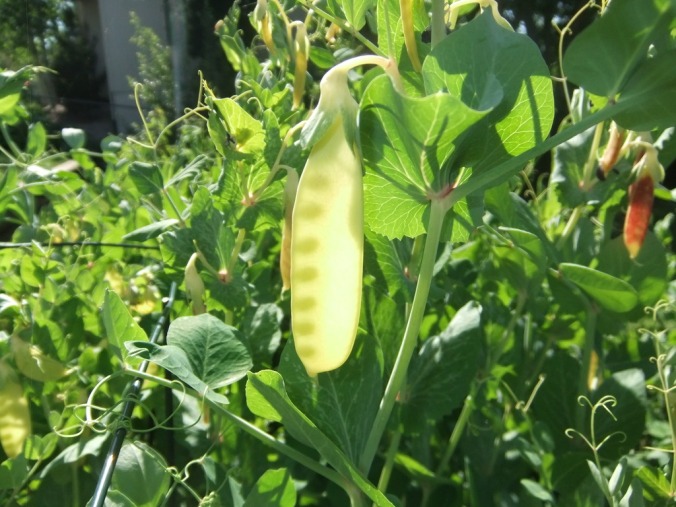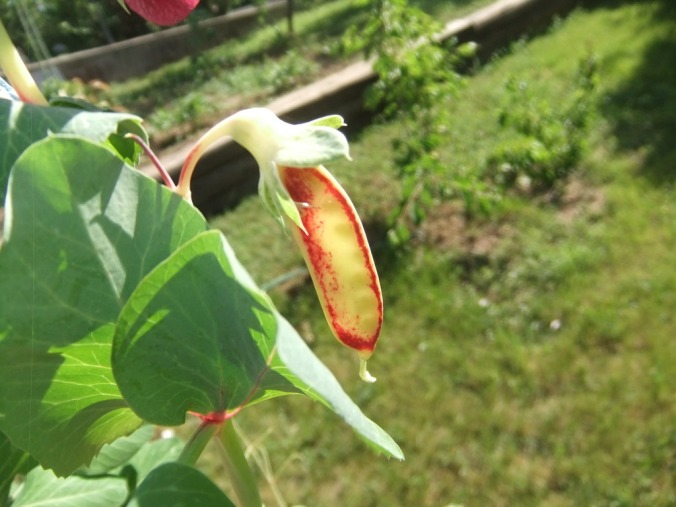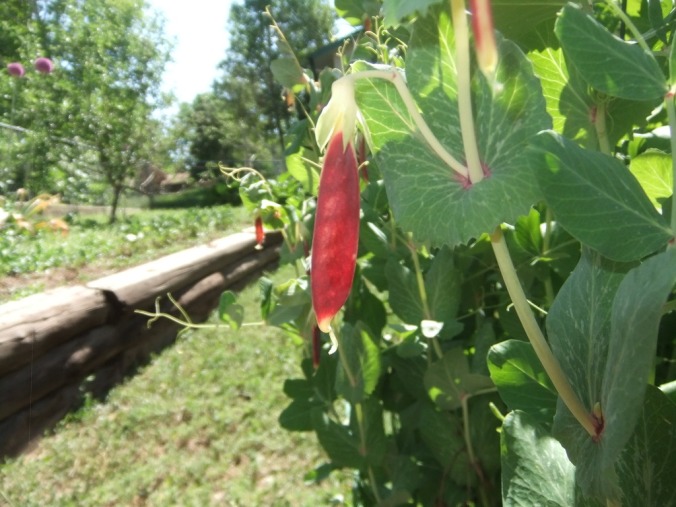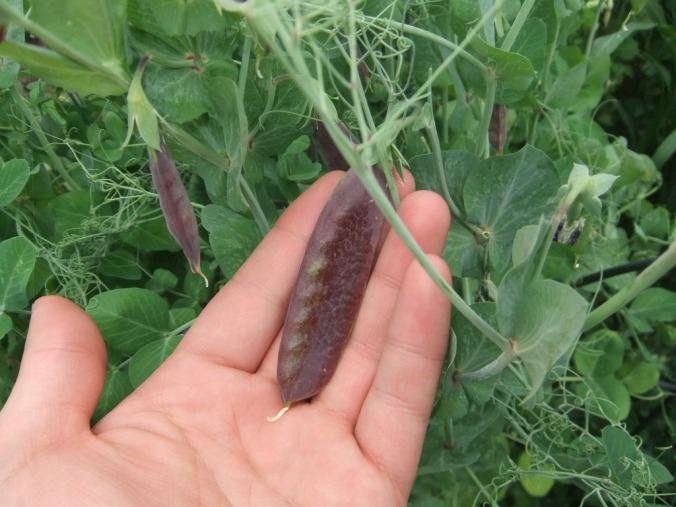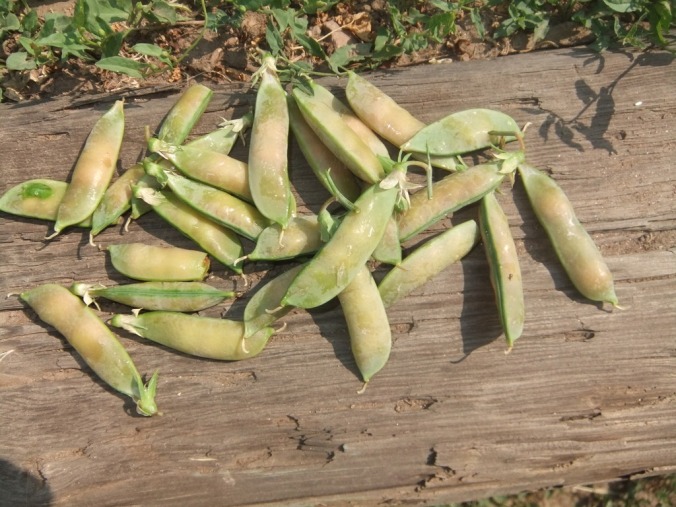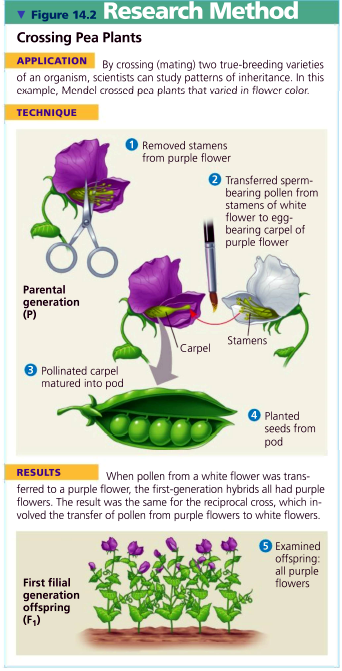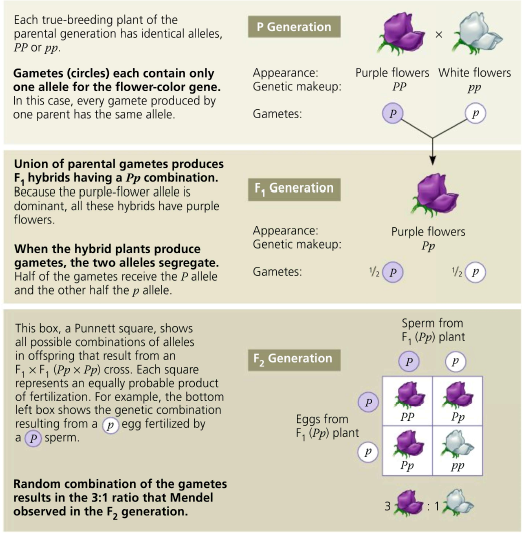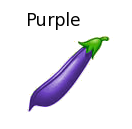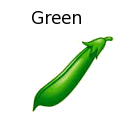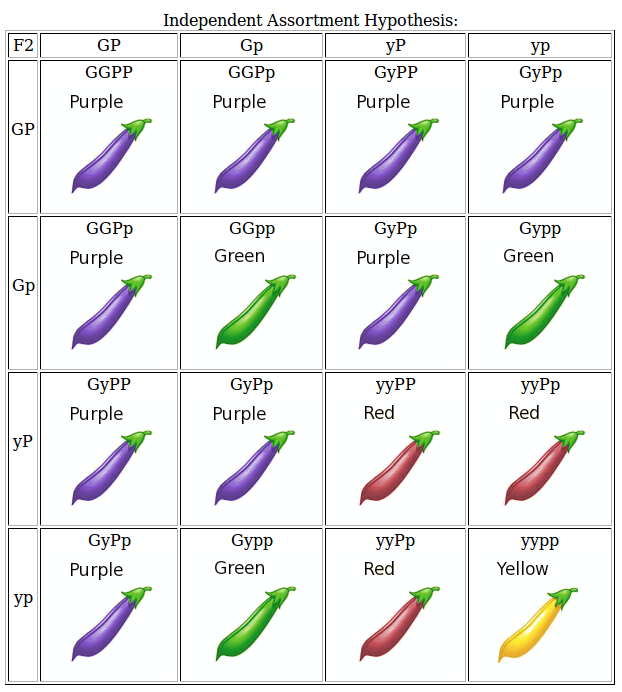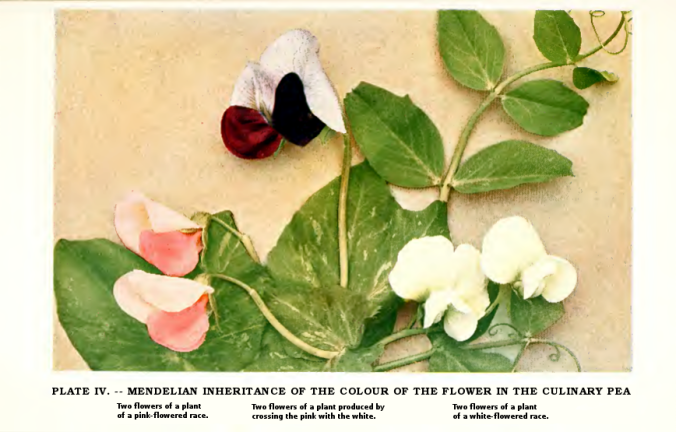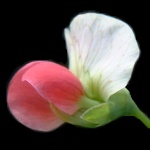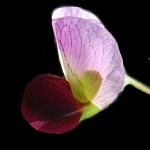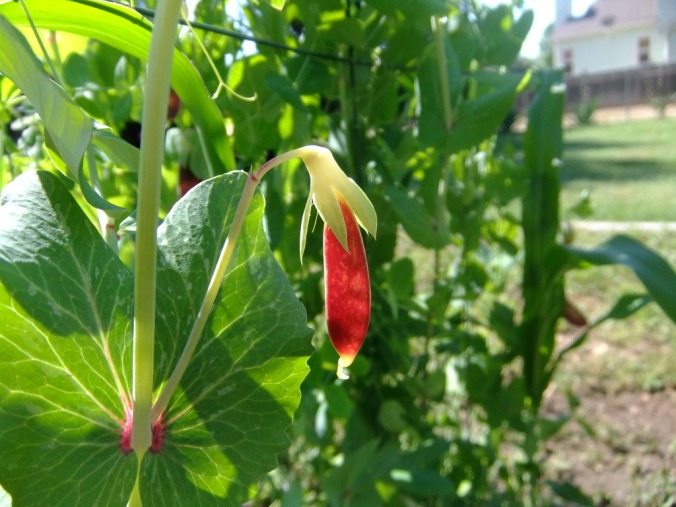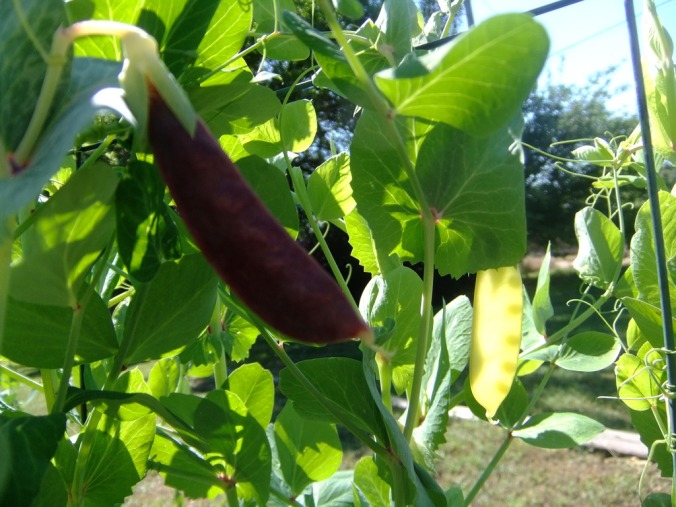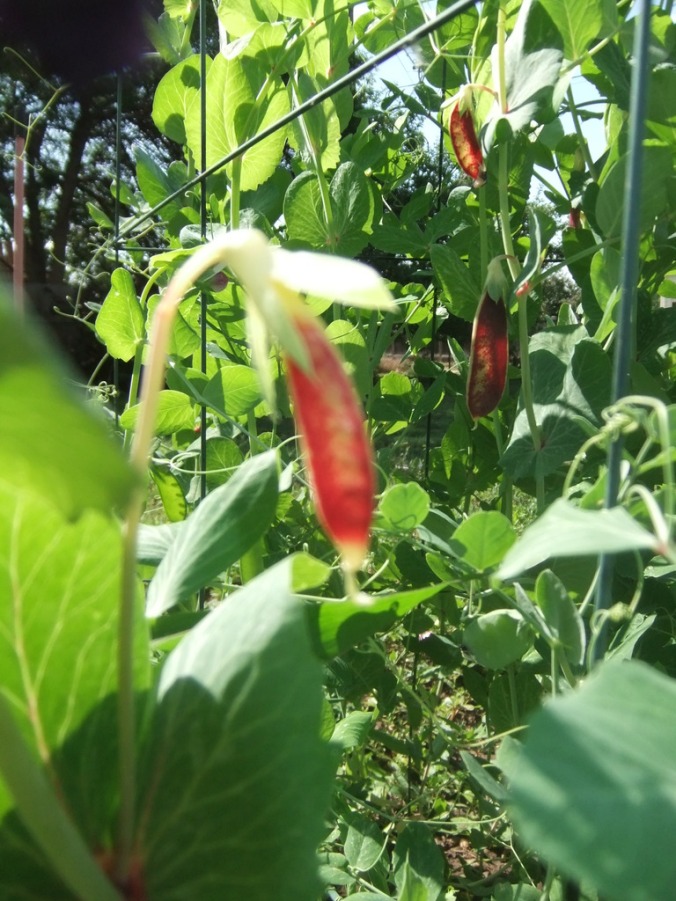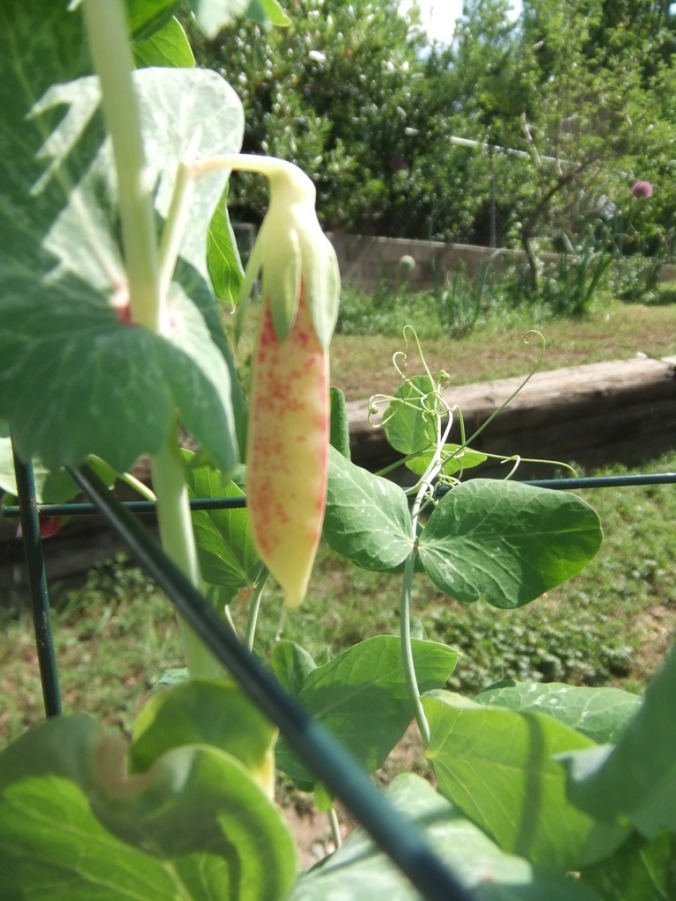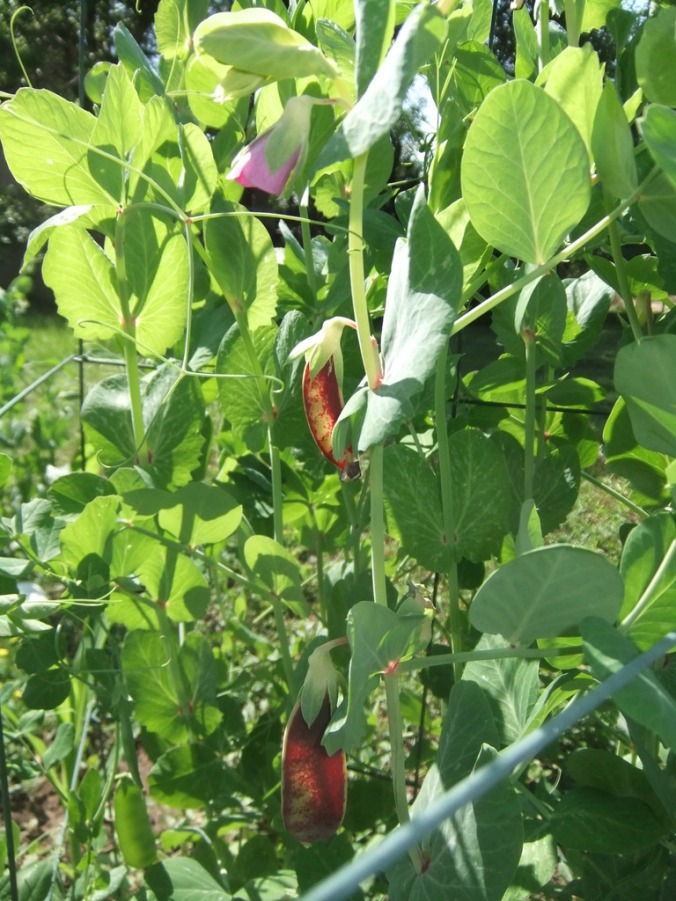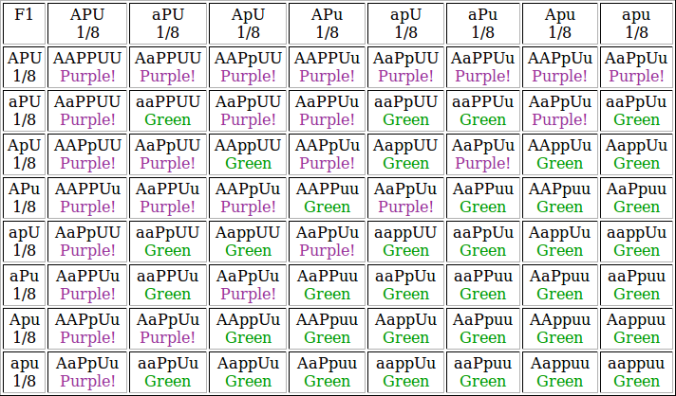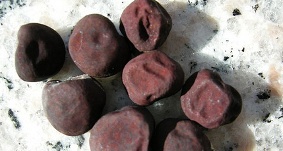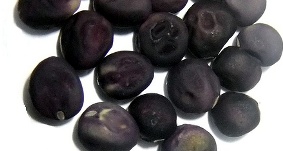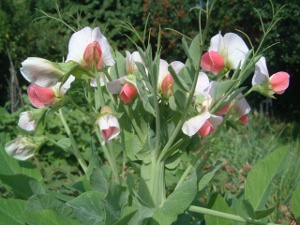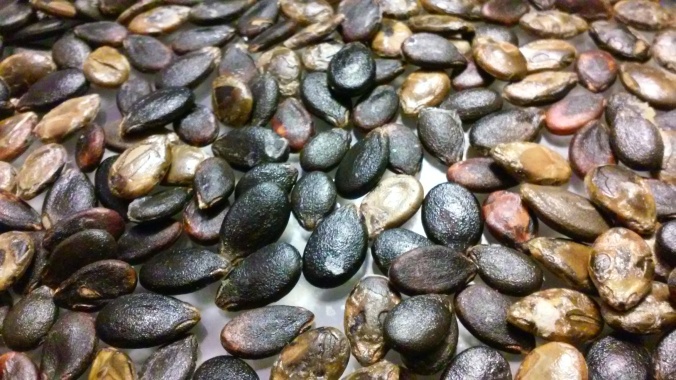
Today i’m sharing about a new plant breeding project i am planning on working on. The Watermelon Landrace project I’ve been developing for Northern Colorado has started to progress quite well and i am very pleased in the direction it is heading. This past summer of 2017 i harvested many that were of decent size, grew in my soil, and tasted excellent. I started to eliminate the ones that still develop blossom end rot and other poor traits such as funky shape or poor flavor. Starting to only save the best seeds.
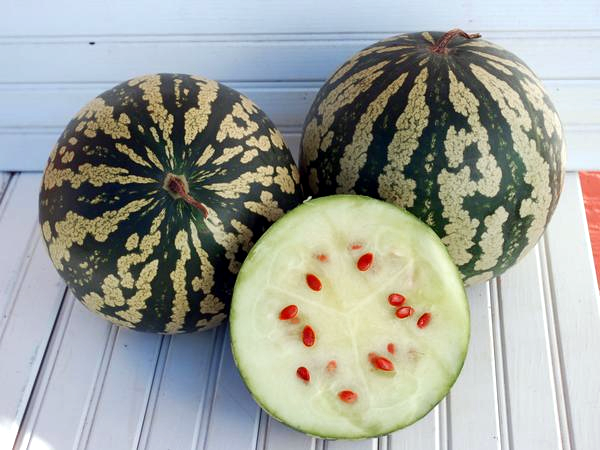
I originally added some Colorado Red-seeded Citron melons to my watermelon landrace because i wanted to breed watermelons with red seeds and frost tolerance. Citron Melons are supposed to be pretty damn hardy and supposedly have this desired frost tolerance. The problem? Citron melons aren’t exactly edible. They are not poisonous, just super hard white flesh and bland bland bland. Actually they are a very old heirloom type of watermelon called the Colorado Preserving Melon or the Colorado Red-seeded Citron. Apparently they have lots of natural pectin in them which is useful for making jams and jellies for toast. And did i mention they can breed quite easily with modern watermelons?

When it comes to the Colorado Red-seeded citron i absolutely love their red seeds. I really want that trait in my watermelon landrace. I guess there are a few red seeded watermelon varieties out there already, but they are few and far between.
So, what happens when you breed a modern red or yellow fleshed watermelon with a citron melon? Well, i don’t exactly know. Yet. This year i planted a few of the red seeds i harvested from the citrons from last year that were mixed in with the landrace. The seeds i got were all still red so i figured they probably self pollinated. Regardless i added them to the landrace watermelon seed i planted this year in hopes that they would grow (not die), cross, and produce viable seed.
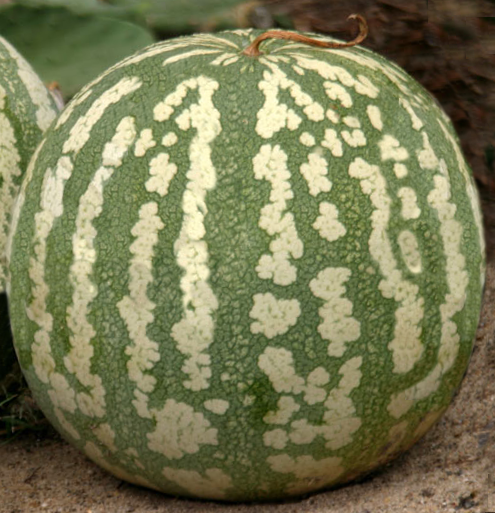
I’m happy to report that so far that part of the project was a success. The top photo above shows what i think are confirmed F1 Citron x Watermelon hybrids. I suppose they could be F2, but i’m just going to assume F1. The seed was harvested from fruits that showed the characteristic “white cloverleaf striped mottling” that Citron Melons have, and from fruits that had hard white bland flesh when all the other watermelons had ripe yellow or red flesh. How do i know these seeds are hybrids? Well because the seeds were not red this time! In fact they were all different kinds of patterns and colors. Some red-black, some pure black, some greyish, some grey-black-mottled, etc.
Looking forward to growing this line of seeds out and reselecting for the traits i want. Red seeds would be awesome, but not necessary. Frost tolerance would be even more awesome, but not necessary. Even without those traits what impresses me most about Colorado Citron Melons is the fact that they grow so darn well in my climate, with my poor soil, and still grow full size melons even when over crowded with other watermelons that don’t do well, and even thrive with relatively low amounts of water. These traits alone are so very desirable to be folded into my watermelon landrace that this project is so exciting even now when i’m just beginning.
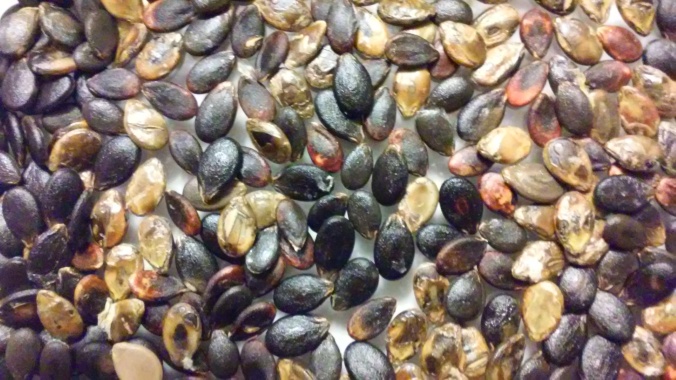
I’ve heard a rumor that way back the Soviet Union (USSR) did lots of plant breeding experiments (maybe because of the breeding genius known as Ivan Vladimirovich Michurin), and part of these experiments involved Wide Hybridization or Distant Hybridization, which means crazy breeding like interspecific, intergeneric, intrageneric, and intraspecific breeding and attempted crosses that most people would never try or attempt. Some of these crosses were successful. What i’m interested in is the Soviets work on Citron-Watermelon hybrids. Apparently they experimented with these long before i have and rumor has it that they were able to recover some nice tasting watermelons that were able to be stored for several months into the winter. Awesome. I will update this blog post when i have more information about this. There are already supposed “Winter Watermelons” that supposedly keep for several months, but i’m sure those can be improved, or i can just breed my own winter watermelon variety. Exciting stuff!
Edit Nov-15-2017:
Okay, so i finally received a copy of the rare book titled “Wide hybridization of plants (Otdalennaya gibridizatsiya rastenii) Proceedings of the Conference on Wide Hybridization of Plants and Animals; collection of reports” from inter-library loan. A mouthful, i know. Thanks to WorldCat to helping me track it down. Not many copies of it left around.
Originally written and published in Russian in the U.S.S.R. in 1958, and Translated into English in Jerusalem Israel in 1962. The Soviet Union was known in those times for great scientific advances including launching the space race, the first cosmonaut in space, Sputnik, and other crazy medical advances like the Skenar and Bacteriophage medicine, to strange sci-fi spy weapons in the Cold War. Apparently they also were advancing in novel plant breeding techniques and programs. Michurin was one of these guy’s. If you’ve never heard of him or his plant breeding techniques and success go look him up. I honestly don’t know much about him myself, but i do know he was an accomplished plant breeder, most notably with wide genetic crosses that noone else thought would work.
Anyway, back to the Interspecific Hybridization of Watermelon work done by the Russians with Citron x Watermelon crosses in 1958. Turns out they did have success with it. The F1 generation was mostly like the wild Citron with bland hard tasteless flesh. F1 and F2 Hybrids with Citrullus colocynthoides are similar to their wild Citron parent genetics. Late-ripening, coarse compact unsweet fruit pulp and a thick rind. Quite unremarkable. But that’s what i was already expecting. One cool note though is that some of these in future segregating generations or backcrosses to domestic watermelons can produce some sweet watermelons that have some storage ability. Meaning they ship well and can store for many months. In fact some of them get sweeter over time whereas domestic watermelons do not. So all in all some cool potential in the project after all! I’m even more excited now!
If you want to read the Soviet’s 1958 watermelon research yourself, i have taken the effort to scan some of the book into a PDF for you. It’s not the whole book, but it has the relevant chapter on Watermelon and Citron crosses.
Here’s the PDF: Wide_hybridization_in_plants_TSITSIN




